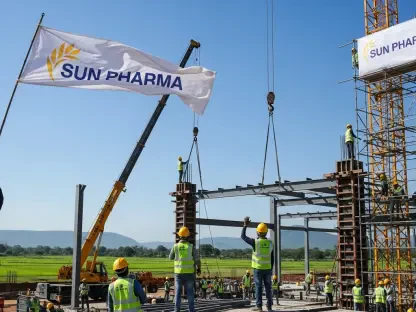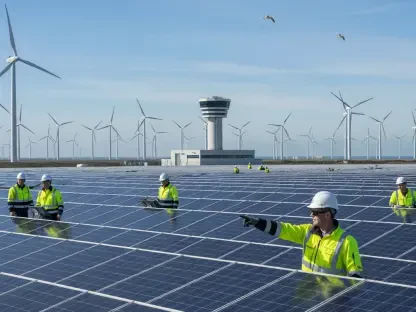The coltan extraction industry operating within the verdant hills of eastern Congo is a microcosm of complexity, interspersed with layers of economic disparity, human rights concerns, and international geopolitical interests. Coltan, a pivotal element in the creation of electronic gadgets, defense systems, and a wide range of modern technological applications, beckons a lucrative yet contentious sphere of influence. With stark contrasts between the mineral’s high global demand and the abject poverty faced by many miners, poignant questions arise about the wealth distribution and actual beneficiaries of this once-obscure mineral’s intensely sought mining.
Recognized for its contribution to electronics and military technology production, coltan from Congo holds strategic importance worldwide. The mineral’s extraction not only fuels technological advancement but also represents a significant component of geopolitical maneuvers. The Democratic Republic of Congo’s President Felix Tshisekedi’s efforts to align Congo’s mineral wealth with the United States’ strategic interests exemplify the global implications. Despite this, miners in regions like Rubaya remain ensnared in poverty and violence, as control over these assets fuels conflicts, notably involving groups like M23. It’s within this volatile milieu that Congo’s mining narrative unfolds—a narrative that is complex yet crucial to regional stability and international relations.
Research Methodology, Findings, and Implications
Methodology
The analysis of Congo’s coltan mines derives insights from an array of primary site investigations, demographic surveys, and interviews with stakeholders in the mining industry, including local miners, traders, and governmental bodies. Essential to the investigation is a thorough examination of the global supply chain, tracking coltan from extraction points in eastern Congo to its refinement and eventual distribution. Observations about socioeconomic conditions and control dynamics provide a critical understanding of local and international contributions to the coltan trade’s challenges and opportunities.
Findings
The study finds a glaring disparity in wealth distribution among the Congolese, with mining revenues seldom benefiting local communities. Miners earn a meager income, trapped within a coltan supply chain characterized by shadowy transactions and multiple intermediary layers. These networks further obscure the traceability of coltan’s onward journey, complicating downstream accountability and transparency efforts. Moreover, the mining areas remain exposed to human rights abuses due to fluctuating factional control, exemplified by armed groups and periodic governmental reassertions. Instances of some improvements under specific groups suggest marginal reductions in explicit labor exploitations, yet they fall short of substantial impact on ground realities.
Implications
The ramifications of these findings resonate on several fronts. Practically, the entrenched economic inequalities necessitate direct intervention to align mining benefits with community development. Theoretically, understanding the convoluted international supply chains gives rise to discussions on ethical mining practices and corporate social responsibility in producing countries. Societally, viable solutions must address human rights abuses systematically, demanding a coordinated global effort involving all stakeholders, from local governments to international buyers.
Reflection and Future Directions
Reflection
Throughout the research, challenges like data accessibility, geopolitical sensitivities, and regional instability were prominent. Overcoming these involved leveraging both local expertise and international collaboration. However, the study could have expanded into more comprehensive community-level impacts, providing a fuller picture of the socio-environmental landscape of mining activities.
Future Directions
Future studies could explore an integrated approach involving partnerships between local governments and international firms to create sustainable infrastructure developments. Further research is warranted on establishing transparent trading platforms to trace coltan more effectively, ensuring equitable benefits distribution. Investigating long-term human rights improvement strategies and their practical implementations in volatile regions holds significant promise for advancing the field.
Conclusion
In conclusion, the exploration of Congo’s coltan mining illustrates a layered, intricate web of economic, social, and geopolitical stakes that continue to influence regional and international dynamics. Though the sector’s inherent value is undeniable, persistent issues regarding equitable distribution, human rights adherence, and economic development highlight the necessity for comprehensive, multifaceted approaches in future endeavors. As technology’s reliance on such critical minerals grows, so does the urgency to address systemic challenges, offering nuanced pathways forward that can potentially transform the realities for Congolese miners and reshape global economic ethics.









